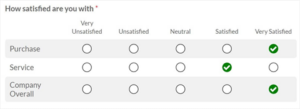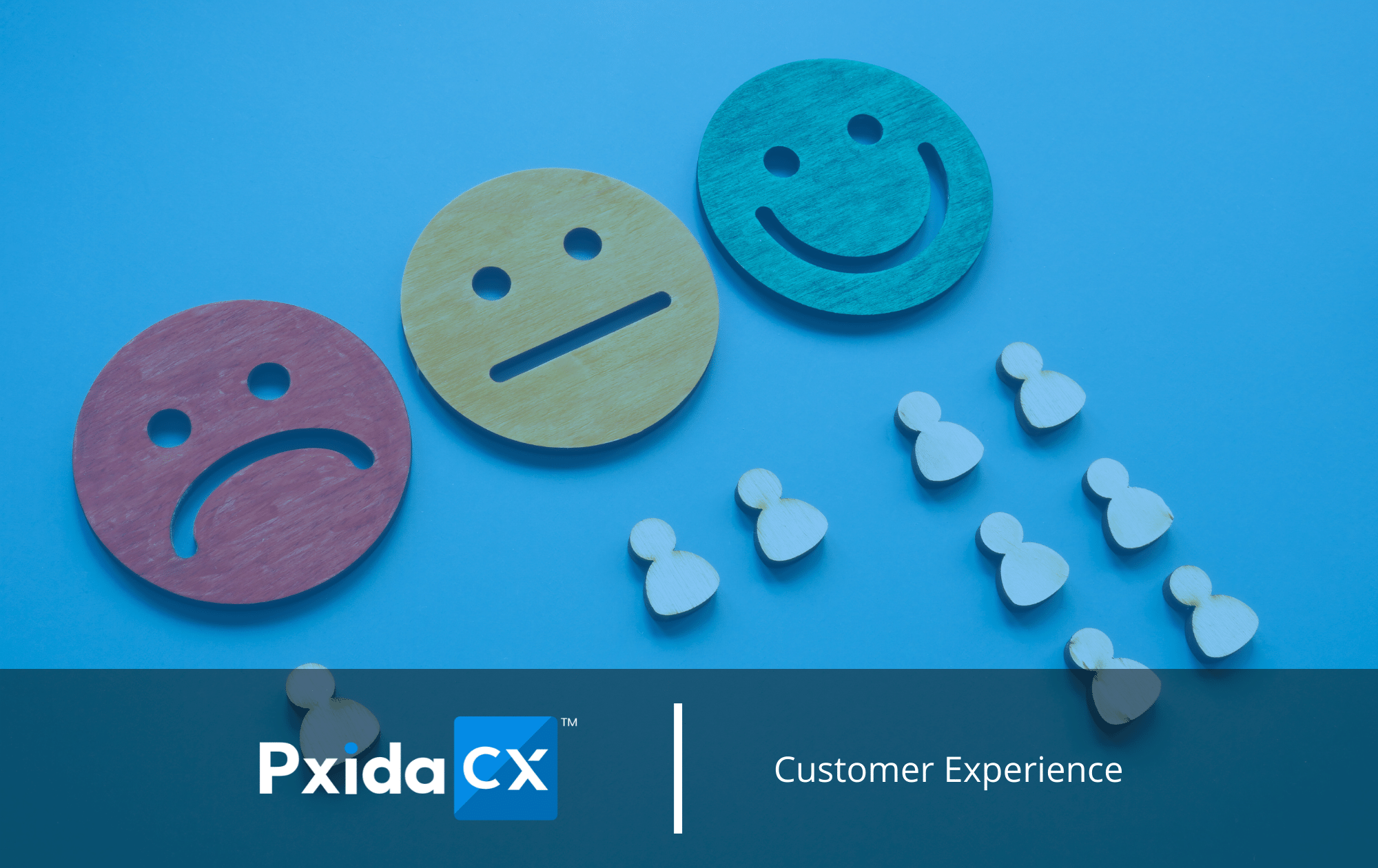Customer Effort Score, or CES, is a service metric that measures how much effort customers put in to interact with your business. Customer experience is meant to be effortless and stress-free. You want customers to feel happy and relieved at the end of a customer support call. Experiences to test and measure this metric can include returning or exchanging a product, asking for a refund, making a customer service request, and answering any additional questions. CES is calculated by dividing the sum of customer effort ratings by the total number of survey responses. The result of this calculation will give you the average amount of effort your customers put in when interacting with your business.
Customer effort score doesn’t always give fully accurate results, which is why CES is usually combined with NPS, or Net Promotor Score. Net Promotor Score is a popular metric used to measure the level of loyalty a customer has towards your brand. Not just that, it also determines whether customers will recommend your brand to other people. Your business’s NPS will let you know the percentage of customers who either love, hate, or feel neutrally towards your brand.
How are CES Surveys Presented?
There are two ways CES surveys are presented – Likert scale and emoticon ratings. Here’s how the two surveys differ:
Likert Scale
The Likert Scale is a five to seven-point scale of numbers that align with relevant phrases like “Very Satisfied”/”Very Unsatisfied” or “Strongly Agree”/”Strongly Disagree”. Numbers on the lower end of the scale are associated with low efforts, whereas numbers on the higher end of the scale are associated with more efforts. Below is an example of what the Likert scale looks like:

Emoticon Ratings
On the other hand, the definition of the emoticon scale is in the name itself. The level of satisfaction and effort is measured based on the smiley face the customer picks from the sad face all the way to the smiling face. Here is an example of what it looks like below:
![]()
3 Main Benefits of CES
Boosts customer loyalty
A loyal customer means a happy customer and business growth. Customers expect greatness from a brand they want to invest in. For example, a customer orders a product on Amazon and the quoted delivery date is seven days later. Amazon can exceed the customer’s expectations by delivering the order within two days instead. A brand can also reward loyal customers with incentives such as a loyalty discount program. Incentives like this will not only keep customers loyal, but it will also attract new customers.
Reduces customer churn rate
Churn Rate is the rate at which customers stop doing business with a certain brand. It is commonly expressed as the percentage of customers who either discontinue their business with a brand or convert to competitors’ products within a given time. A bad experience is a lifelong memory for a customer. It never goes away. Bad experiences lead to a negative reputation online and offline. You want your brand to succeed as long as possible. That means having a stable relationship with your customers. When resolving any customer issues with your business or product, you need to not only fix the issue for that customer, but also assure them and prove that they won’t experience a same or similar issue again, to keep them as returning customers. All brands make mistakes. It’s the actions to resolve the mistake that count.
Improves brand image
In the case of CES, the reputation or image of a business is determined by the percentage of the high ratings they receive from their customers. You want to ensure you receive high ratings as much as possible. Part of your image is decided upon the comments you receive from customers from the survey and the other part is social media channels. Social media is both a blessing and a curse for a business. It is the one place where a brand’s reputation can get both uplifted or tarnished. Positive comments can be acknowledged by simply hitting the “like” button. On the other hand, negativity can sometimes be a challenge.
When it comes to the professional side of things, haters and critics may have good constructive feedback. However, some also might just post negative comments for the sake of getting attention. Addressing such comments, as a brand, shows that you are showing the full picture of yourself and are not afraid to hide from the negativity. Addressing negativity is important, and you should ensure that you stay transparent as a brand.
Measuring CES for Your Business
PxidaCX has plenty of expert-designed survey templates for you to try, including those designed to gauge your business’s CES. Customer opinions make or break your business. You want them to stay loyal as much as possible. Sign up for a free trial with PxidaCX today!
